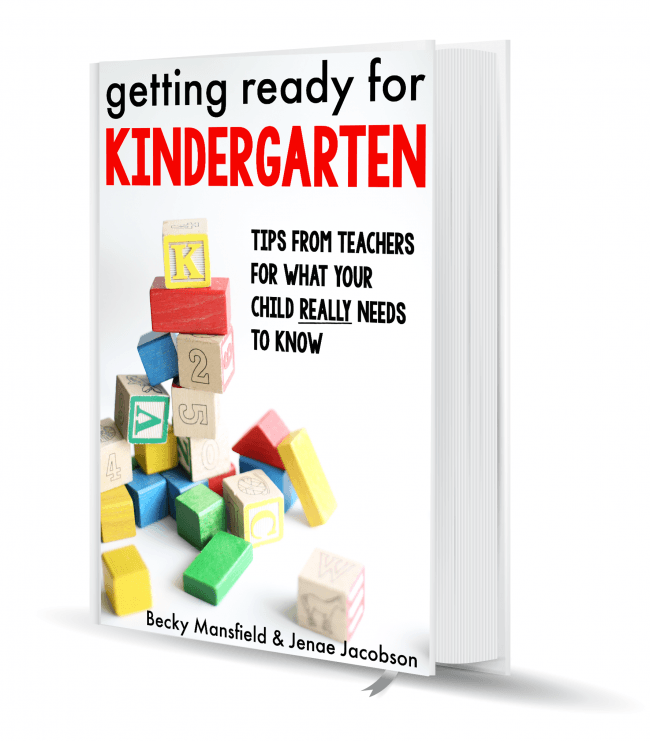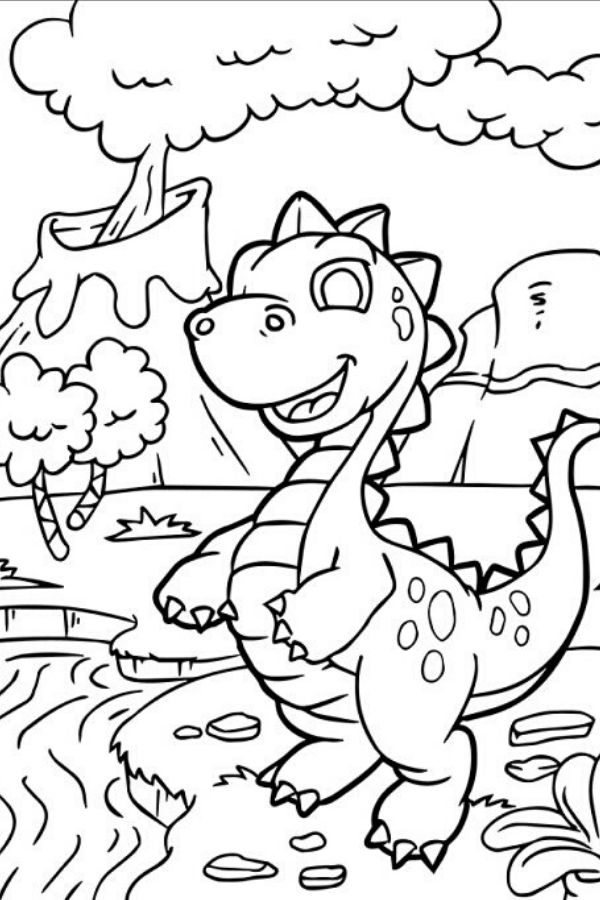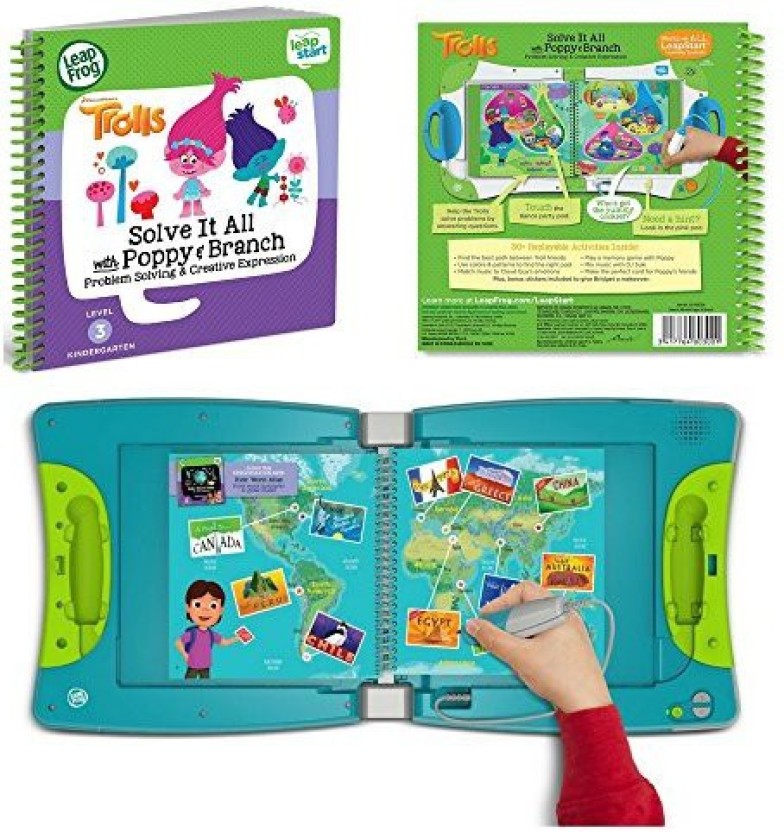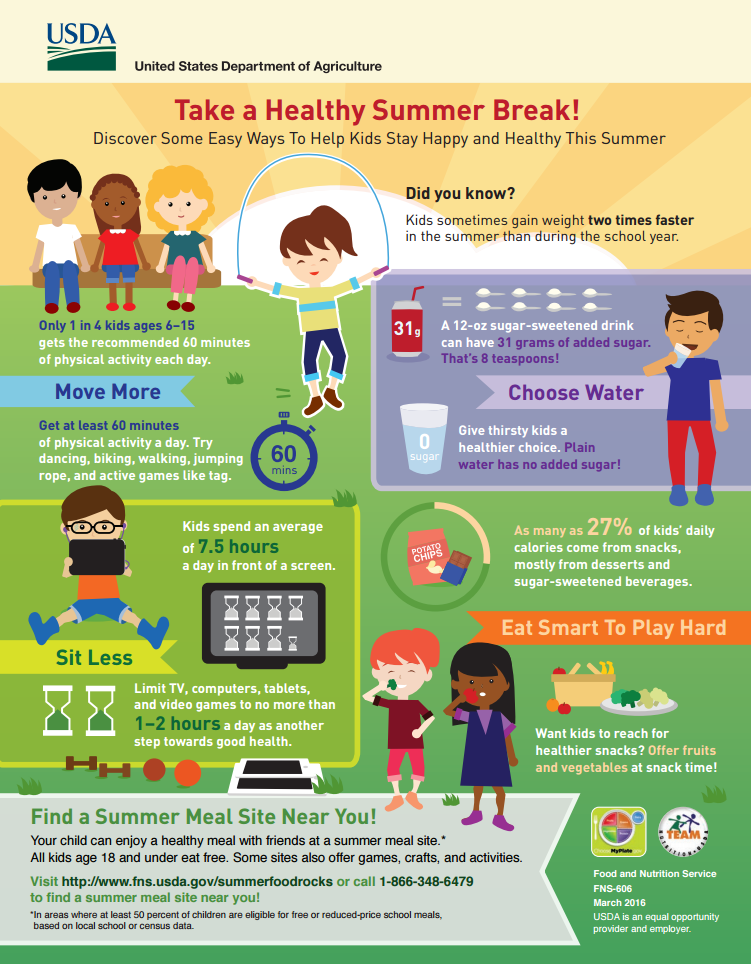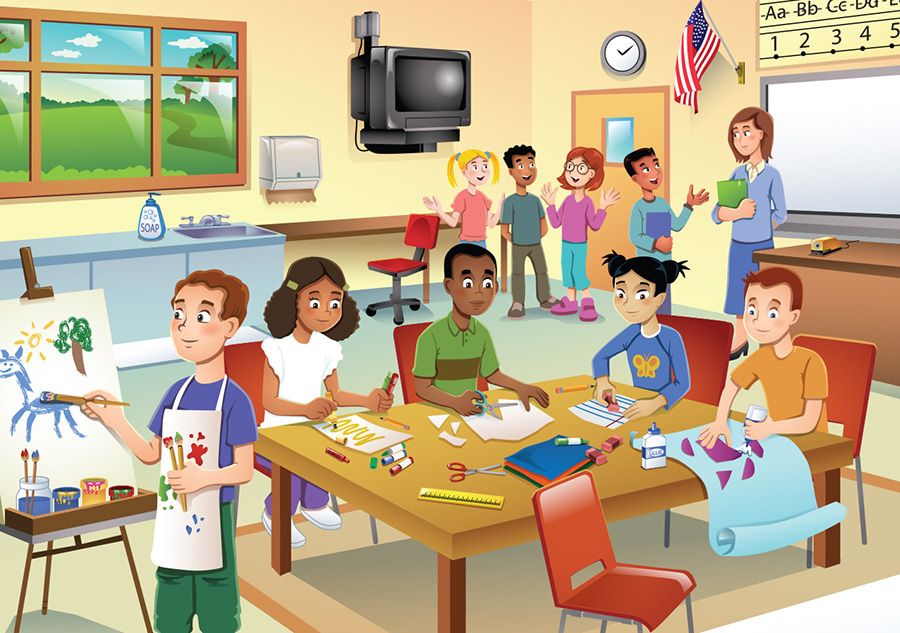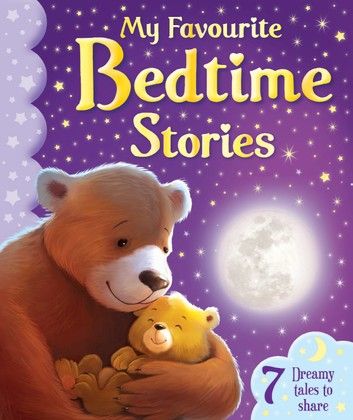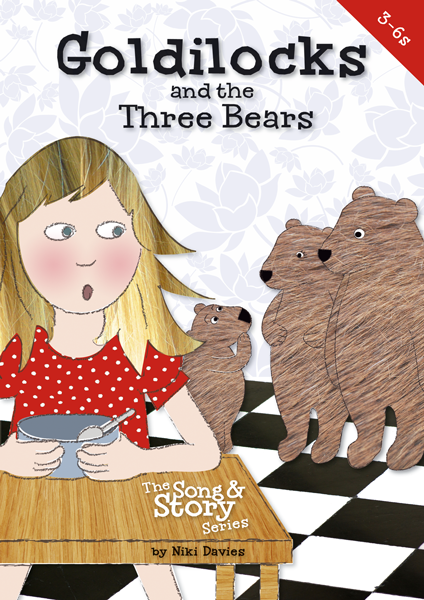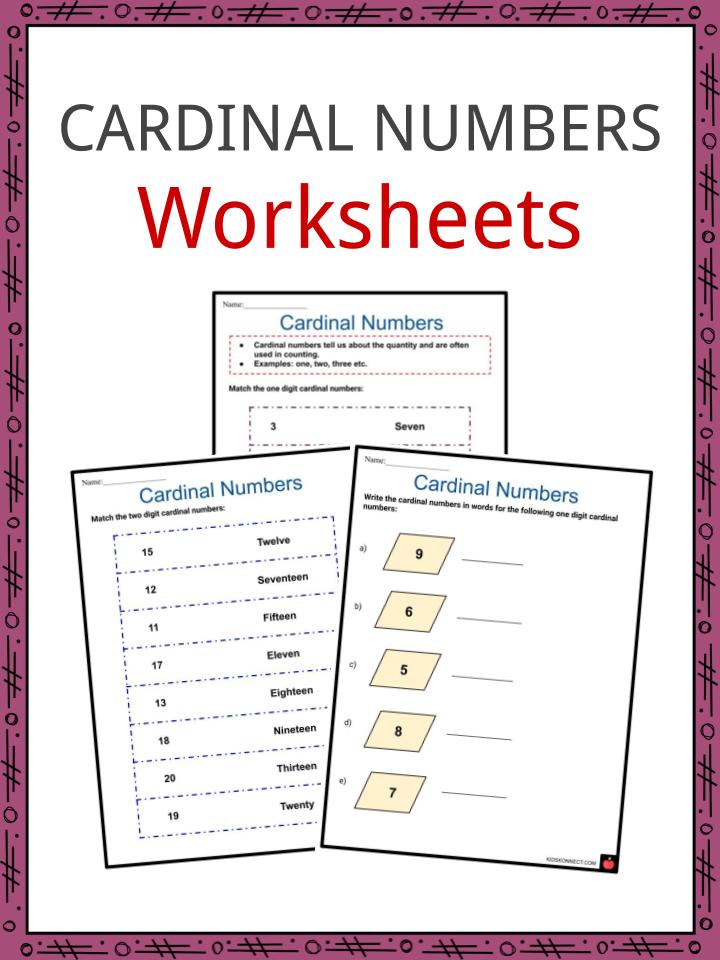How do you teach someone to read
9 Fun and Easy Tips
With the abundance of information out there, it can seem like there is no clear answer about how to teach a child to read. As a busy parent, you may not have time to wade through all of the conflicting opinions.
That’s why we’re here to help! There are some key elements when it comes to teaching kids to read, so we’ve rounded up nine effective tips to help you boost your child’s reading skills and confidence.
These tips are simple, fit into your lifestyle, and help build foundational reading skills while having fun!
Tips For How To Teach A Child To Read
1) Focus On Letter Sounds Over Letter Names
We used to learn that “b” stands for “ball.” But when you say the word ball, it sounds different than saying the letter B on its own. That can be a strange concept for a young child to wrap their head around!
Instead of focusing on letter names, we recommend teaching them the sounds associated with each letter of the alphabet. For example, you could explain that B makes the /b/ sound (pronounced just like it sounds when you say the word ball aloud).
Once they firmly establish a link between a handful of letters and their sounds, children can begin to sound out short words. Knowing the sounds for B, T, and A allows a child to sound out both bat and tab.
As the number of links between letters and sounds grows, so will the number of words your child can sound out!
Now, does this mean that if your child already began learning by matching formal alphabet letter names with words, they won’t learn to match sounds and letters or learn how to read? Of course not!
We simply recommend this process as a learning method that can help some kids with the jump from letter sounds to words.
2) Begin With Uppercase Letters
Practicing how to make letters is way easier when they all look unique! This is why we teach uppercase letters to children who aren’t in formal schooling yet.
Even though lowercase letters are the most common format for letters (if you open a book at any page, the majority of the letters will be lowercase), uppercase letters are easier to distinguish from one another and, therefore, easier to identify.
Think about it –– “b” and “d” look an awful lot alike! But “B” and “D” are much easier to distinguish. Starting with uppercase letters, then, will help your child to grasp the basics of letter identification and, subsequently, reading.
To help your child learn uppercase letters, we find that engaging their sense of physical touch can be especially useful. If you want to try this, you might consider buying textured paper, like sandpaper, and cutting out the shapes of uppercase letters.
Ask your child to put their hands behind their back, and then place the letter in their hands. They can use their sense of touch to guess what letter they’re holding! You can play the same game with magnetic letters.
3) Incorporate Phonics
Research has demonstrated that kids with a strong background in phonics (the relationship between sounds and symbols) tend to become stronger readers in the long-run.
A phonetic approach to reading shows a child how to go letter by letter — sound by sound — blending the sounds as you go in order to read words that the child (or adult) has not yet memorized.
Once kids develop a level of automatization, they can sound out words almost instantly and only need to employ decoding with longer words. Phonics is best taught explicitly, sequentially, and systematically — which is the method HOMER uses.
If you’re looking for support helping your child learn phonics, our HOMER Learn & Grow app might be exactly what you need! With a proven reading pathway for your child, HOMER makes learning fun!
4) Balance Phonics And Sight Words
Sight words are also an important part of teaching your child how to read. These are common words that are usually not spelled the way they sound and can’t be decoded (sounded out).
Because we don’t want to undo the work your child has done to learn phonics, sight words should be memorized. But keep in mind that learning sight words can be challenging for many young children.
So, if you want to give your child a good start on their reading journey, it’s best to spend the majority of your time developing and reinforcing the information and skills needed to sound out words.
5) Talk A Lot
Even though talking is usually thought of as a speech-only skill, that’s not true. Your child is like a sponge. They’re absorbing everything, all the time, including the words you say (and the ones you wish they hadn’t heard)!
Talking with your child frequently and engaging their listening and storytelling skills can increase their vocabulary.
It can also help them form sentences, become familiar with new words and how they are used, as well as learn how to use context clues when someone is speaking about something they may not know a lot about.
All of these skills are extremely helpful for your child on their reading journey, and talking gives you both an opportunity to share and create moments you’ll treasure forever!
6) Keep It Light
Reading is about having fun and exploring the world (real and imaginary) through text, pictures, and illustrations. When it comes to reading, it’s better for your child to be relaxed and focused on what they’re learning than squeezing in a stressful session after a long day.
We’re about halfway through the list and want to give a gentle reminder that your child shouldn’t feel any pressure when it comes to reading — and neither should you!
Although consistency is always helpful, we recommend focusing on quality over quantity. Fifteen minutes might sound like a short amount of time, but studies have shown that 15 minutes a day of HOMER’s reading pathway can increase early reading scores by 74%!
It may also take some time to find out exactly what will keep your child interested and engaged in learning. That’s OK! If it’s not fun, lighthearted, and enjoyable for you and your child, then shake it off and try something new.
7) Practice Shared Reading
While you read with your child, consider asking them to repeat words or sentences back to you every now and then while you follow along with your finger.
There’s no need to stop your reading time completely if your child struggles with a particular word. An encouraging reminder of what the word means or how it’s pronounced is plenty!
Another option is to split reading aloud time with your child.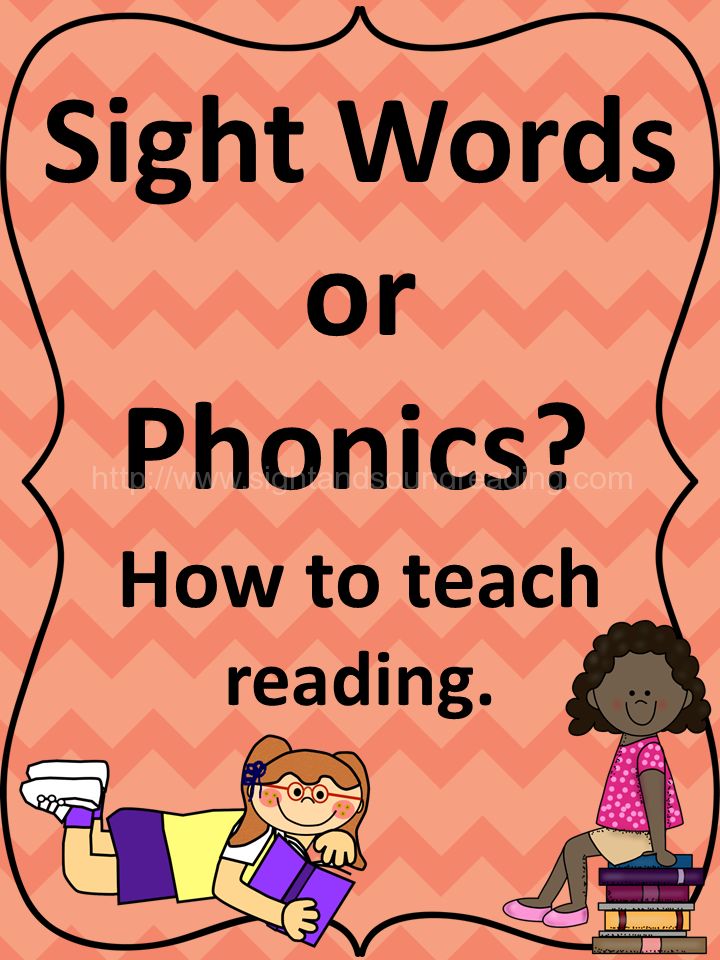 For emerging readers, you can read one line and then ask them to read the next. For older children, reading one page and letting them read the next page is beneficial.
For emerging readers, you can read one line and then ask them to read the next. For older children, reading one page and letting them read the next page is beneficial.
Doing this helps your child feel capable and confident, which is important for encouraging them to read well and consistently!
This technique also gets your child more acquainted with the natural flow of reading. While they look at the pictures and listen happily to the story, they’ll begin to focus on the words they are reading and engage more with the book in front of them.
Rereading books can also be helpful. It allows children to develop a deeper understanding of the words in a text, make familiar words into “known” words that are then incorporated into their vocabulary, and form a connection with the story.
We wholeheartedly recommend rereading!
8) Play Word Games
Getting your child involved in reading doesn’t have to be about just books. Word games can be a great way to engage your child’s skills without reading a whole story at once.
One of our favorite reading games only requires a stack of Post-It notes and a bunched-up sock. For this activity, write sight words or words your child can sound out onto separate Post-It notes. Then stick the notes to the wall.
Your child can then stand in front of the Post-Its with the bunched-up sock in their hands. You say one of the words and your child throws the sock-ball at the Post-It note that matches!
9) Read With Unconventional Materials
In the same way that word games can help your child learn how to read, so can encouraging your child to read without actually using books!
If you’re interested in doing this, consider using PlayDoh, clay, paint, or indoor-safe sand to form and shape letters or words.
Another option is to fill a large pot with magnetic letters. For emerging learners, suggest that they pull a letter from the pot and try to name the sound it makes. For slightly older learners, see if they can name a word that begins with the same sound, or grab a collection of letters that come together to form a word.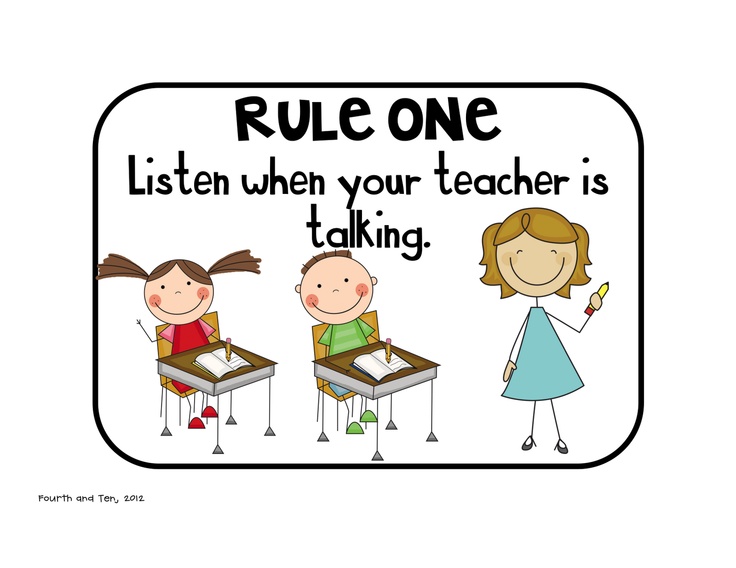
As your child becomes more proficient, you can scale these activities to make them a little more advanced. And remember to have fun with it!
Reading Comes With Time And Practice
Overall, we want to leave you with this: there is no single answer to how to teach a child to read. What works for your neighbor’s child may not work for yours –– and that’s perfectly OK!
Patience, practicing a little every day, and emphasizing activities that let your child enjoy reading are the things we encourage most. Reading is about fun, exploration, and learning!
And if you ever need a bit of support, we’re here for you! At HOMER, we’re your learning partner. Start your child’s reading journey with confidence with our personalized program plus expert tips and learning resources.
Author
10 Steps for teaching children to read
Back to all articles
Learning to read
Pre-literacy skills
10 Tips for teaching reading
Dyslexia and reading ability
Attention difficulties and reading
Multi-sensory literacy tools
Read and Spell blog
Teaching children to read
Learning to read is one of the most important things a child will do in his or her life.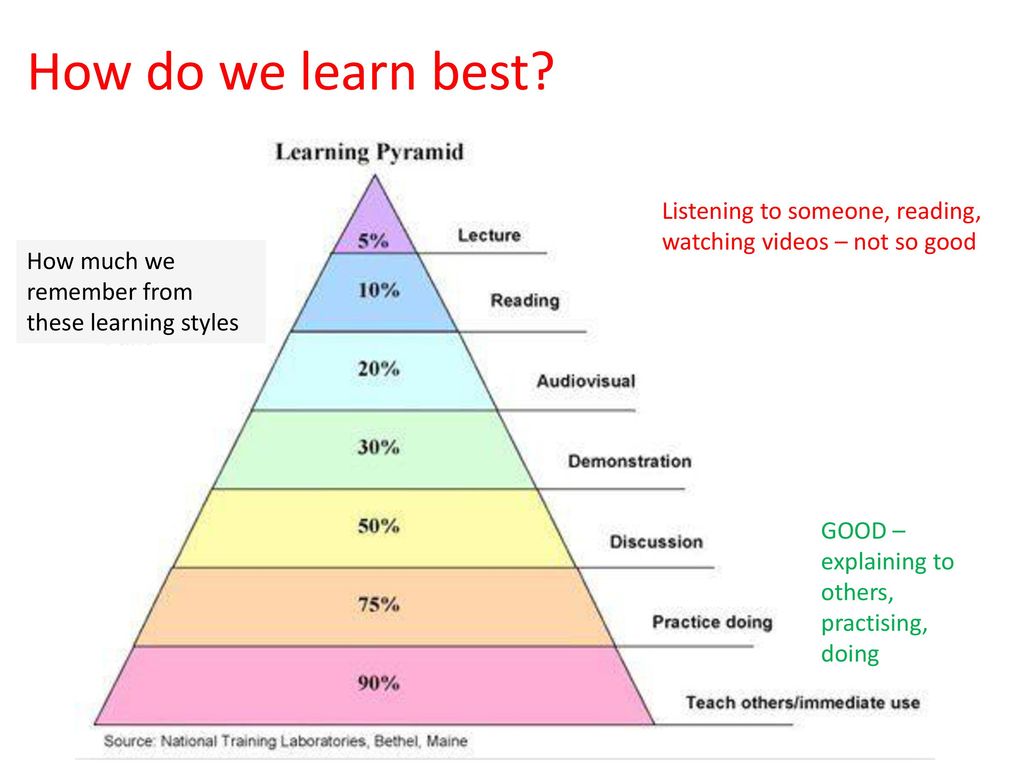 That’s because we live in a society in which literacy skills are the key to success. When reading ability doesn’t develop overnight, some parents and educators worry they are on the wrong path to instruction.
That’s because we live in a society in which literacy skills are the key to success. When reading ability doesn’t develop overnight, some parents and educators worry they are on the wrong path to instruction.
But choosing the “right” books and the “best” way to teach reading depends on every child. No two individuals will master reading at the same time or pace, and patience and persistence is a must, particularly for kids who struggle with learning difficulties or differences.
Teaching a child to read begins at birth with the reinforcement of pre-literacy skills. Nonetheless, most kids will officially learn to read between the ages of 5 and 7.
One of the most common ways to teach reading is via the sounding out method in which kids are encouraged to read aloud, pronouncing each letter or group of letters until they recognize the word by sound.
At the same time, educators will teach sight words, or common vocabulary that children can memorize in order to reduce the cognitive burden of decoding sentences.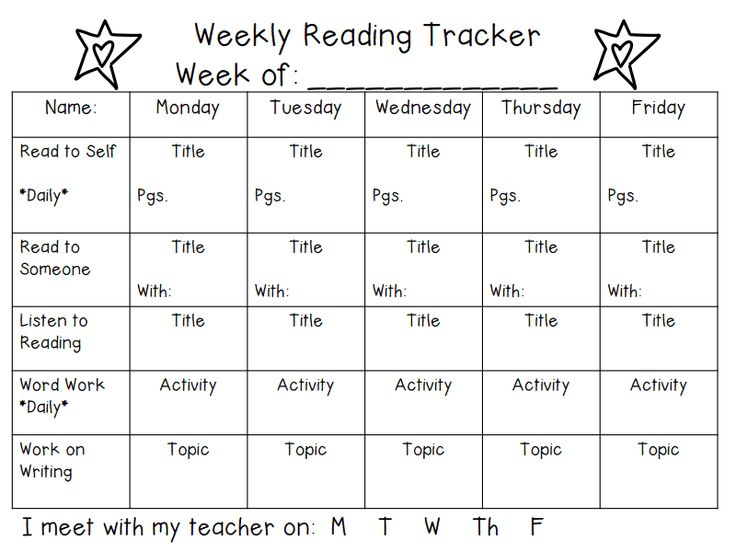 The theory is the less words children need to sound out, the more attention they have to process a greater number of terms and understand vocabulary they have never encountered before.
The theory is the less words children need to sound out, the more attention they have to process a greater number of terms and understand vocabulary they have never encountered before.
As kids become strong readers, they do less and less reading out loud and recognize more and more vocabulary by sight. This makes them faster. They can also do more when it comes to interacting with the books they are reading, including following more complicated narratives, understanding specific details, gist and making inferences and predictions.
They grow their vocabulary because reading introduces them to new words they can understand from context. Moreover, reading impacts on writing ability. Kids develop familiarity with more complex sentence structures and begin to use and adapt them to express themselves. This is a crucial skill that will serve them in all areas of the curriculum, from English class to social studies.
Pre-literacy skills
There are certain pre-literacy skills educators have identified as important in preparing kids for reading instruction. Children can speak their native language, but they may not always recognize the component phonemes that make up English vocabulary.
Children can speak their native language, but they may not always recognize the component phonemes that make up English vocabulary.
Silly songs and rhymes can help call their attention to the “Sssss” or “shhh” sounds they’ll need to associate with letters in order to read their first words. They must learn the alphabet of course, but reading books also relies on grasping the concept of narrative.
This is something parents can teach by asking kids to recall actions in the order in which they occurred or simply leading by example and rehearsing the day’s activities with them.
Parents are also encouraged to read to their children because fostering a love of books begins at home. Very young children may not understand what you are reading but they will become familiar with how books work, including distinguishing print from pictures.
Infants love to imitate adults and turning pages is a great way to practice their fine motor skills and pincer grasp. If reading becomes a routine, they’ll begin to expect fun and entertaining stories. Positive associations forged through ample quality time spent with their parents will help them be more interested in reading books on their own.
Positive associations forged through ample quality time spent with their parents will help them be more interested in reading books on their own.
How to teach reading
- Phonics
Reading requires bringing together a child’s knowledge of the sound system of his or her native language and the letters and letter combinations that represent different phonemes. For this reason, some phonics instruction is essential.
- Familiar words
Because they are fluent speakers, kids have a base vocabulary to begin with. That’s why learning how to read words they are already familiar with is a good place to start. This might include their own name and other concrete nouns that can be prompted using pictures.
- One word at a time
In the beginning, too much text can be overwhelming for a new reader. Make sure there are not too many words on a page and start by having them sound out single terms before progressing to phrases and sentences.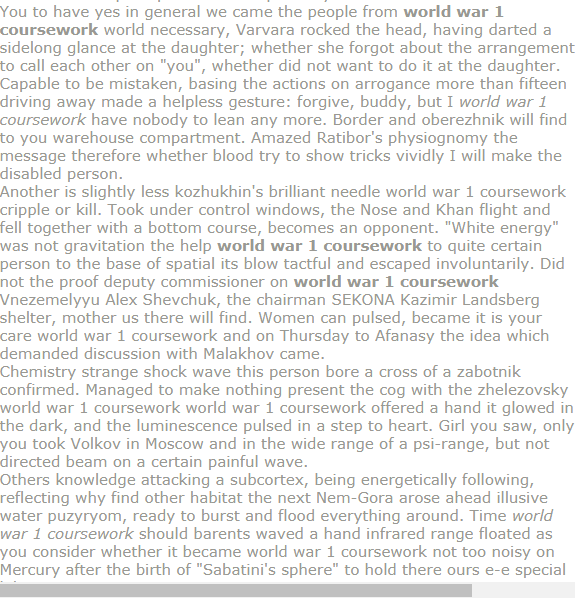
- Ample exposure and lots of repetition
Reading words that contain the same letters and letter combinations and seeing those words multiple times helps kids practice early reading skills. Did you know that 50-75% of the words in most children’s books come from the Dolch list?
- Illustrations and big print
Images can help a child in the beginning by prompting him or her to recognize the word they are reading. It helps if words are large enough and printed in bold, easy to read font.
- High frequency vocabulary
Memorizing words that are likely to show up in most books for children helps reduce the cognitive load associated with sounding out phrases and simple sentences. Kids can use flashcards and practice spelling at the same time.
- Books they want to read
Children are often more motivated to read if they are interested in the material to begin with.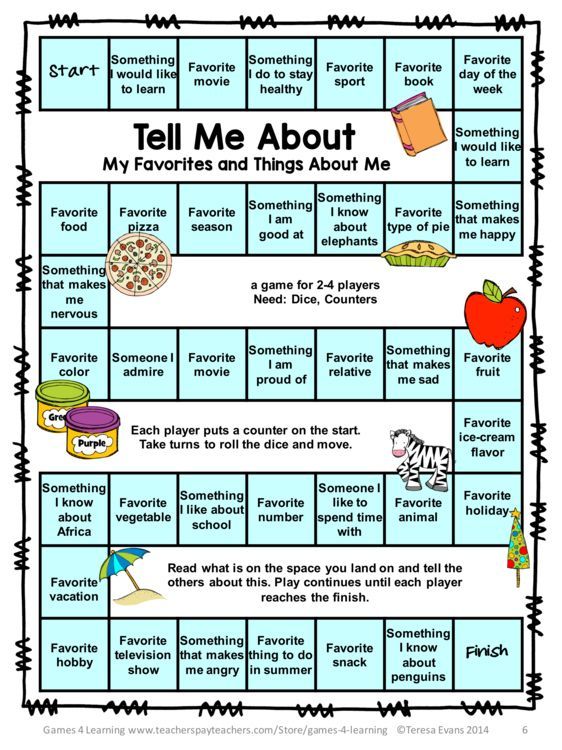 Take kids to the library and let them select the books they want to start with. If the text proves too challenging, at least you have an idea of what topics they are interested in.
Take kids to the library and let them select the books they want to start with. If the text proves too challenging, at least you have an idea of what topics they are interested in.
- Taking on a challenge
Starting with books that are too hard can be discouraging for an early reader. Keep kids motivated by selecting a mix of easy material that is at their level, interspersed with challenging books that are one step beyond. A good way to tell how hard a book is by having the child read a page and lift a finger for every word they don’t recognize. If any page contains more than 5 words the child doesn’t know, save the book for later.
- Graded readers
Many English novels and stories have been adapted for readers of different levels. Check out graded readers and try using several levels in progression to ensure familiar vocabulary and a consistent increase in difficulty.
- Constructs and interaction
It’s a good idea to encourage active vs.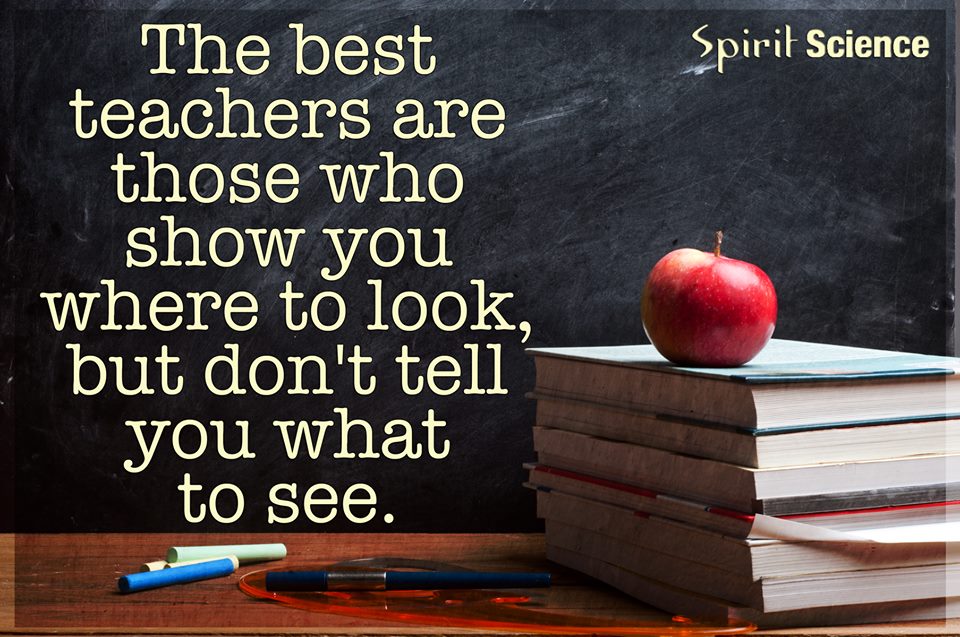 passive reading by asking children about what they have read. In the beginning they will be focused on recognizing words but later on they’ll need to get the gist of the text and be able to tell you more about the details too!
passive reading by asking children about what they have read. In the beginning they will be focused on recognizing words but later on they’ll need to get the gist of the text and be able to tell you more about the details too!
Learn more about homeschool reading
Dyslexia and reading ability
Some kids experience difficulty in reading and this may be due to a learning difficulty or difference. One of the most common learning difficulties is dyslexia, a condition in which literacy skills including reading and spelling, are impacted.
While there are many types of dyslexia and no two individuals experience the same symptoms, an inability to hear the phonemes in words is often a root cause of the difficulty. As a result, kids may need to overlearn sound-letter mapping and high frequency vocabulary, and use strategies, such as creating mnemonic devices, to remember spelling.
Read more tips on helping dyslexic children in the classroom.
Slow processing, ADD and ADHD
Kids who struggle with slow processing can have difficulty with the decoding process and with holding all of the details of a text in memory long enough to make meaning. Reducing cognitive load by teaching sight words and providing as much time as a child needs to read a text, can help them develop strong literacy skills.
Reducing cognitive load by teaching sight words and providing as much time as a child needs to read a text, can help them develop strong literacy skills.
Children who struggle with ADD and ADHD can greatly benefit from reduced distraction and a quiet environment in which to learn how to read. Keep them focused on the text and allow them to take frequent breaks and move around before coming back to reading activities.
Patience and time are essential to keep frustration at bay and ensure kids develop positive associations with reading. Learn more about ADHD reading problems.
Typing and reading
One way to help a struggling reader is to teach them typing following a specially designed program such as Touch-type Read and Spell. This is because the early stages involve a graded approach that covers one letter at a time and then progresses to letter combinations, and finally simple vocabulary and sentences.
Learn more
TTRS is multi-sensory and students are asked to type text that is displayed on the screen and read aloud at the same time.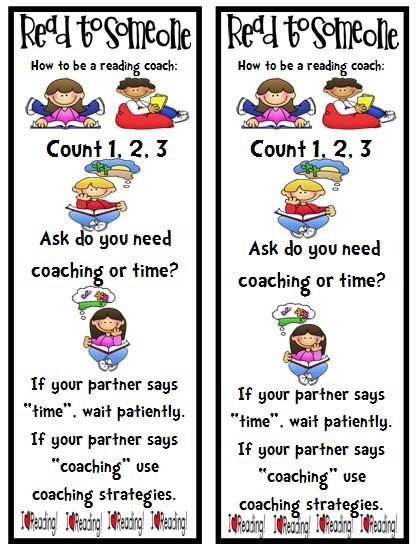 This reinforces phonics and involves muscle memory, which can be highly beneficial for kids who have learning difficulties and are struggling with literacy skills.
This reinforces phonics and involves muscle memory, which can be highly beneficial for kids who have learning difficulties and are struggling with literacy skills.
Typing is also a crucial skill for children with dysgraphia and dyspraxia who struggle to write using a pen and paper.
TIP: Did you know kids can learn how to type as early as 6 or 7, when their hands fit comfortably on a keyboard?
As more complex modules are reached, typing programs also positively impact on spelling abilities in addition to enhancing knowledge of high frequency vocabulary and improving writing skills.
The TTRS course provides plenty of positive feedback, something a struggling reader needs in order to develop self-esteem and can be completed at a pace that is just right for each individual learner.
Do you have any tips on teaching reading? Join the discussion in the comments!
About the Author
Meredith Cicerchia is a teaching affiliate at the University of Nottingham, an education consultant, and a freelance writer who covers topics ranging from speech and language difficulties and specific learning differences, to strategies for teaching English as a second and additional language.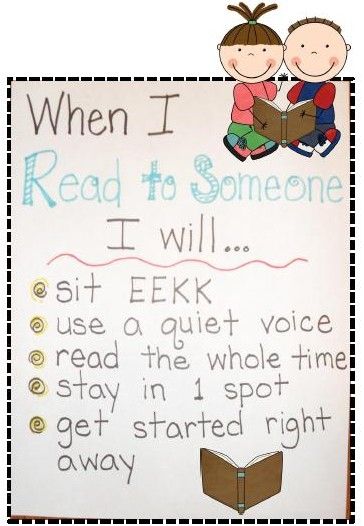
Reviewed by
Chris Freeman has a BA cum laude in Sociology, and has undertaken post grad work in education and educational technology. She spent 20+ years working in public health and in the charity sector.
Read and Spell Blog Teaching children to readEstimated reading time:
Do no harm! How to teach a child to read? The teacher answers questions from parents
Reviews, 05 October 2020
Is it worth teaching a child to read or leave this task to teachers? No matter how you answer this question for yourself, the main thing is not to harm. Olga Uzorova, an experienced teacher-practitioner, methodologist and author of educational and developmental aids, answered frequently asked questions from parents and told when it is necessary to teach a child to read and how to do it correctly.
At what age can you start learning to read?
In this issue, we start from the word "can".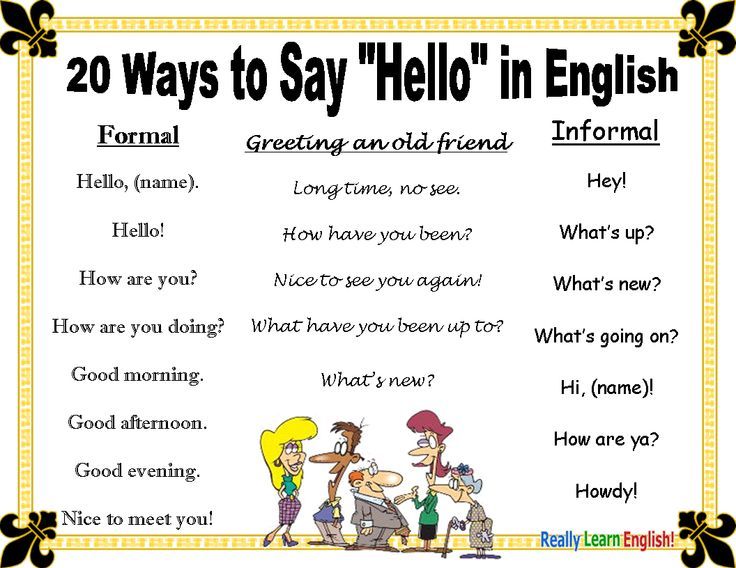 You can start at 2, 3 or 4 years old, but only if the child himself reaches for the book and asks to show him the letters. Just like that, at your own request, you don’t need to pull the child out of the sandbox and put him at the alphabet! If there is a desire, the right technique will help. Parents really liked the Primer. Learning to read from 2-3 years old" and its continuation "Learning to read from 3-4 years old" - they can be offered to children from 2 to 6-7 years old, these are universal aids.
You can start at 2, 3 or 4 years old, but only if the child himself reaches for the book and asks to show him the letters. Just like that, at your own request, you don’t need to pull the child out of the sandbox and put him at the alphabet! If there is a desire, the right technique will help. Parents really liked the Primer. Learning to read from 2-3 years old" and its continuation "Learning to read from 3-4 years old" - they can be offered to children from 2 to 6-7 years old, these are universal aids.
What if the child knows the letters well, but linking them into syllables and reading is not given in any way?
If it doesn’t work out at all, and you actively spoil the child’s mood with failed attempts, then it’s better to end such classes. A small life hack on how to teach how to put letters into syllables. Show with a simple example: the letter O and the letter H are together OH. Practice adding simple syllables at home, on the street, on trips. For example, in the primer “Learning to read from 2–3 years old”, all words consist of 2–3 letters, and all dialogues consist of these short words. This is partly the secret of the success of the book: having mastered the simplest examples, it is easier for the baby to move on. If it still doesn’t work, turn to the best friends of elementary school teachers - speech therapists!
This is partly the secret of the success of the book: having mastered the simplest examples, it is easier for the baby to move on. If it still doesn’t work, turn to the best friends of elementary school teachers - speech therapists!
What NOT to do when learning to read?
In no case should you scold a child. If something doesn’t work out, it’s your failure in the first place, which means you are using some kind of wrong teaching method. Not only has the child already spent a lot of time and effort trying to listen to your explanations, but he also flew in for this one! Next time, he won’t want to study, no matter how they wave the primer in front of him.
It is impossible to deprive the child of a situation of educational success. If he managed to remember a letter or read a syllable, do not take it for granted. It is very difficult for a baby, he did a great job, respect the work of your child. If something worked out - be sure to praise!
Why teach a child to read quickly and increase the speed of reading? He reads the way he does.

Our brain perceives information in a split second, and slow reading slows down this process. If you want your child to develop thinking, you must definitely monitor the speed of reading. If the child began to read in syllables and continues to do so for a long time (a year or two), without going to the next level, then something is wrong. If you are unable to independently switch from syllabic reading to smooth reading, look for a specialist who will select a competent technique.
Teaching reading and self-esteem of a child - how to find a balance?
A balance is needed in this matter! Many parents buy the alphabet for a one-year-old baby. First, the child learns letters for a long time, then they require him to learn how to put them into syllables. Here, the scythe often finds itself on a stone, because parents are waiting for rapid progress, it seems to them that it is very easy. But for a baby, this is a very difficult task, you need to be patient.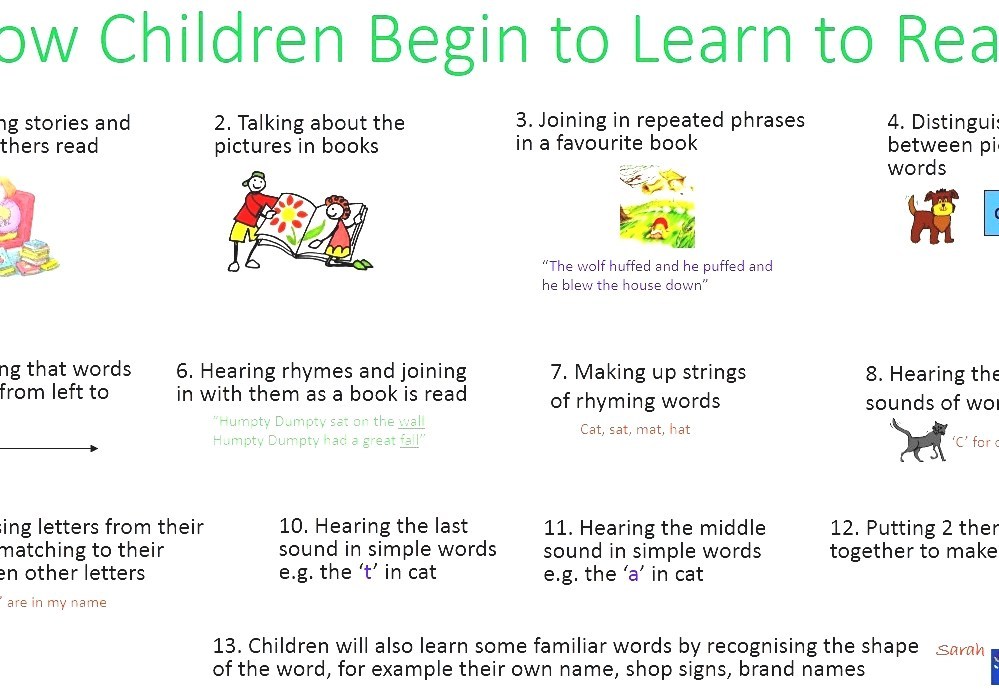 If a child does not succeed, his self-esteem suffers. And a preschooler's self-esteem must be overestimated, otherwise it will not be easy for him and his teachers at school. If a child has his hands down, he is sure in advance that he will not succeed, it is very difficult for a teacher to pull him out of this pit of low self-esteem. Therefore, be sure to praise the child for achievements, create situations of educational success and in no case scold!
If a child does not succeed, his self-esteem suffers. And a preschooler's self-esteem must be overestimated, otherwise it will not be easy for him and his teachers at school. If a child has his hands down, he is sure in advance that he will not succeed, it is very difficult for a teacher to pull him out of this pit of low self-esteem. Therefore, be sure to praise the child for achievements, create situations of educational success and in no case scold!
Should preschoolers be taught to read?
Balzac once said that the future of the nation is in the hands of mothers. May these words help you gather all your strength and patience! I perfectly understand: you have other professions, your own hobbies and hardly a lot of time for teaching a child. But it's still better if you start teaching your baby to read before school. In schools, little time is now given to this, and teachers directly or in hints say that it is very desirable to teach a child to read at least at a speed of 30-40 words per minute by the first grade.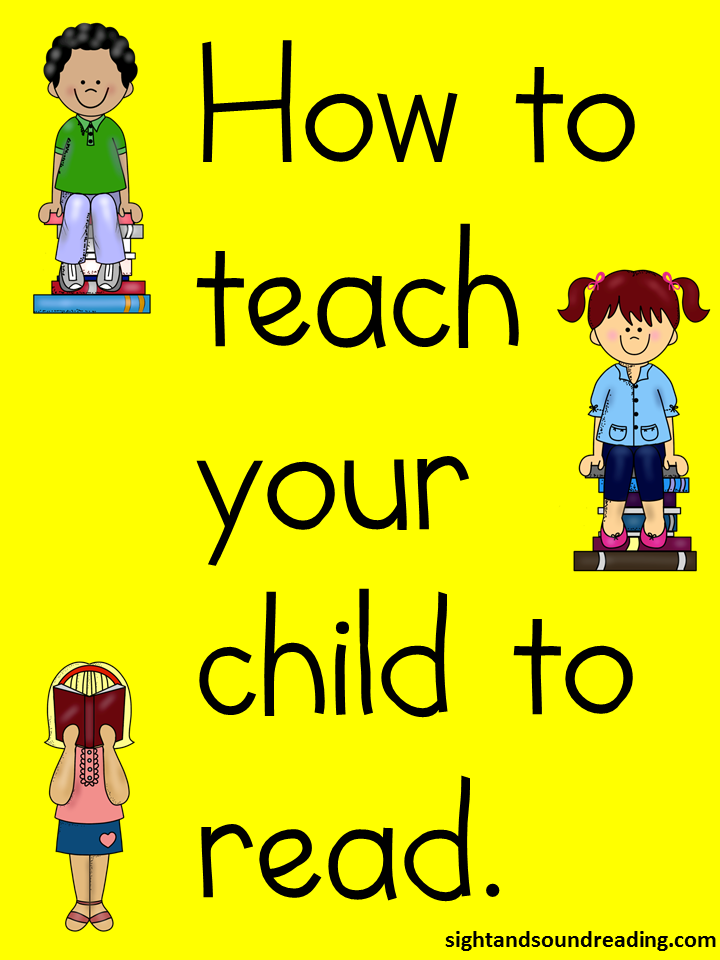 This is a fairly fast syllable reading. There simply isn't enough time in elementary school to teach reading.
This is a fairly fast syllable reading. There simply isn't enough time in elementary school to teach reading.
Is it possible to practice irregularly and when it is convenient for parents?
In the old training manuals, according to which the children of the royal family were taught, there is such an expression: training consists not so much in the rules as in the exercise. You can quickly explain the theory to the child and tell the rule, but if there are no systematic exercises, then the knowledge will not be assimilated. How is any good program built? A few hours to get acquainted with the topic, many, many, many working out and practical exercises, a few hours of final control and obligatory hours for working on bugs.
What are the difficulties in learning to read?
A lot of difficulties can arise. Often there are problems if the child has a poorly developed memory. He strives to please his parents and learn the letters, but he simply cannot do it, and it seems to his mother that he is naughty, mocking, and does not listen on purpose.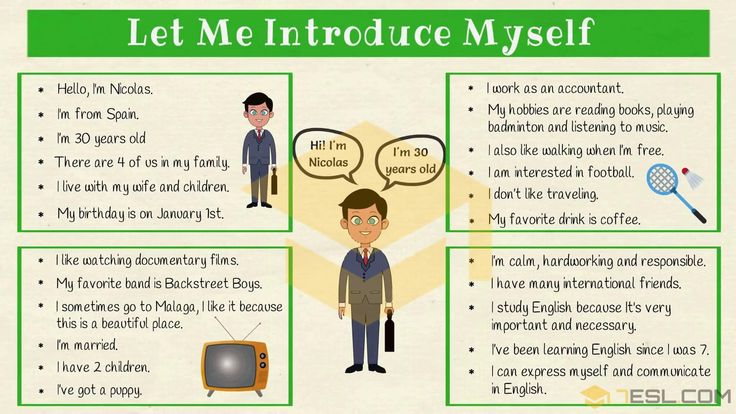 After several such classes, the child understands: for several days I sat, tried, and I still didn’t succeed, so why continue? At this moment, the natural instinct of self-preservation makes itself felt, and the child takes refuge behind a solid wall, through which it is difficult to break through. In order not to harm, you need to arm yourself with a competent technique and, I repeat, praise the child more. Our “Primers” contain a system, provide for the development of memory and attention, and at the beginning there is a detailed manual for parents that will help build classes.
After several such classes, the child understands: for several days I sat, tried, and I still didn’t succeed, so why continue? At this moment, the natural instinct of self-preservation makes itself felt, and the child takes refuge behind a solid wall, through which it is difficult to break through. In order not to harm, you need to arm yourself with a competent technique and, I repeat, praise the child more. Our “Primers” contain a system, provide for the development of memory and attention, and at the beginning there is a detailed manual for parents that will help build classes.
"Primer" for kids from 2 years old and other books by Olga Uzorova can be found
here .See also:
Learning to read, make friends and do the right thing
Children's book horoscope
methods of teaching reading to the first grade
When to teach a child to read
There are early development studios where children are taught to read from the first years of life.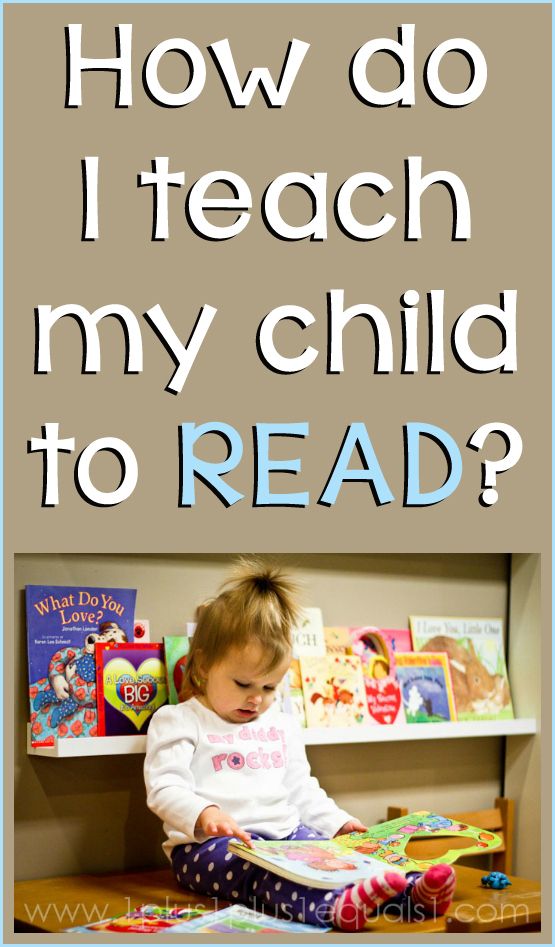 However, pediatricians do not recommend rushing and advise starting learning to read no earlier than 4 years old, best of all - at 5–6. By this age, most children already distinguish sounds well, can correctly compose sentences and pronounce words. Therefore, most often parents think about how to teach their child to read, already on the eve of school.
However, pediatricians do not recommend rushing and advise starting learning to read no earlier than 4 years old, best of all - at 5–6. By this age, most children already distinguish sounds well, can correctly compose sentences and pronounce words. Therefore, most often parents think about how to teach their child to read, already on the eve of school.
How to know if your child is ready to learn to read
Before you start teaching your child to read, you need to make sure that the child is ready and wants to learn. To do this, try to answer the following questions:
- Does the child know the concepts of “right-left”, “big-small”, “inside-outside”?
- Can he generalize objects according to these features?
- Can he distinguish between similar and dissimilar forms?
- Is he able to remember and execute at least three instructions?
- Does he construct phrases correctly?
- Does he pronounce words clearly?
- Can he retell a story heard or happened to him?
- Can he formulate his feelings and impressions?
- Can you predict the ending of a simple story?
- Does he manage to participate in the dialogue?
- Can he listen without interrupting?
- Can he rhyme words?
- Do the letters attract his attention?
- Does the child have a desire to independently examine the book?
- Does he like being read aloud to him?
If you answered “yes” to these questions, your child is ready and will soon learn to read correctly.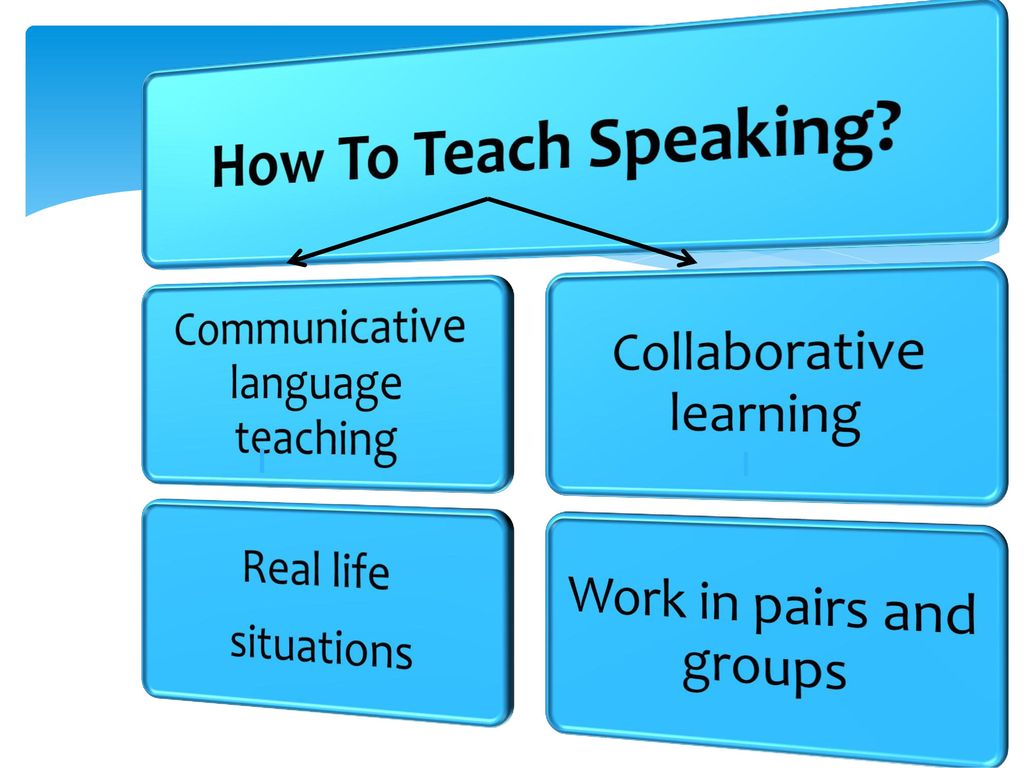
Methods for teaching reading
Most of the methods involve learning while playing, so that the child is not bored and learns knowledge better.
<
Zaitsev's Cubes
For more than twenty years, these cubes have been introducing children to letters and teaching how to compose words and syllables. They allow you to understand how vowels and consonants, deaf and voiced sounds differ. There are 52 cubes in total, each of which depicts warehouses (combinations of a consonant and a vowel). The cubes vary in color and size, the large ones depict hard warehouses, while the small ones are soft. During classes, parents are encouraged to pronounce or sing warehouses so that the child remembers them better.
K Zaitsev's ubikiSource: moya-lyalyas.ru
Vyacheslav Voskobovich's "Teremki" and "Folders"
windows. You can put cubes in them to make syllables. And from several towers you can make a word.
Source: catalog-chess.ru
Skladushki is a book with pictures, educational rhymes and songs. Parents sing them and in parallel show the warehouses in the pictures. The author of the methodology claims that a child of six years old can be taught to read in a month using "folds".
A page from V. Voskobovich's "folds"
Doman's cards
This method of teaching a child to read is based on memorizing whole words, from simple to more complex. First, the child masters the first 15 cards, which the parent shows him for 1-2 seconds and pronounces the words on them. Then the child tries to memorize phrases. This technique helps not only to learn more words, but also develops memory well in general.
Doman cardsSource: friendly-life.ru/kartochki-domana-dlya-samyh-malenkih
Maria Montessori's method of teaching reading
The essence of the Montessori method is that the child is first asked to feel the writing of a letter, and then pronounce it.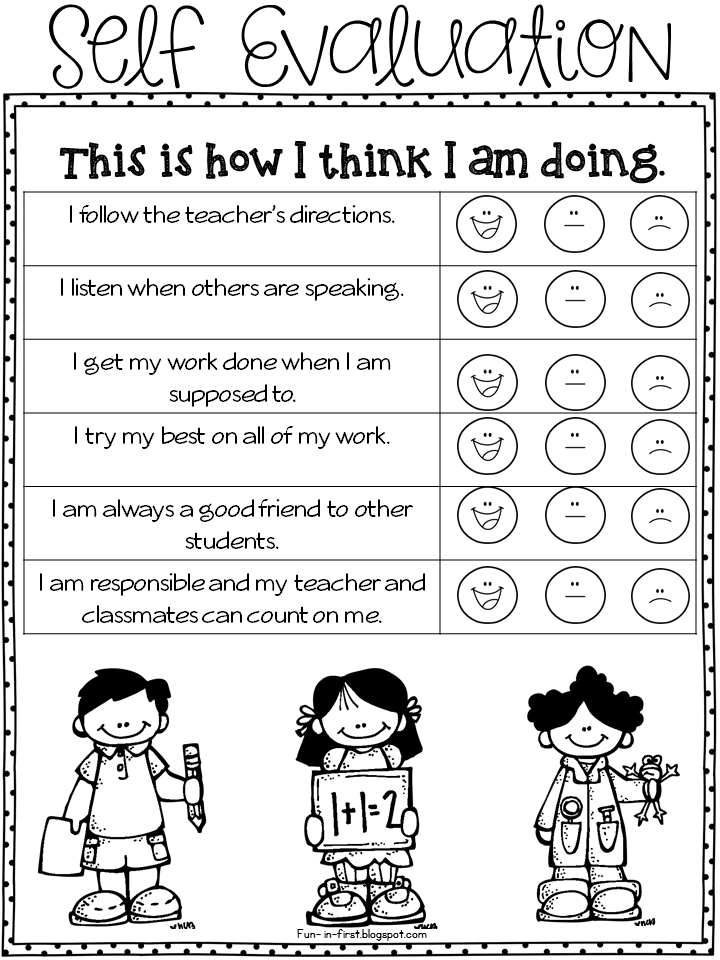 For this, didactic materials are used - cardboard plates with pasted letters, the outline of which the child traces with his finger, naming the sound. After studying consonants and vowels, you can move on to words and phrases. The Montessori method not only helps to learn to read, but also develops fine motor skills, logic, and the ability to analyze.
For this, didactic materials are used - cardboard plates with pasted letters, the outline of which the child traces with his finger, naming the sound. After studying consonants and vowels, you can move on to words and phrases. The Montessori method not only helps to learn to read, but also develops fine motor skills, logic, and the ability to analyze.
Source: hendmeid.guru
Olga Soboleva's technique
The author of this technique believes that you need to start learning not from the abstract alphabet, but immediately in practice - by analyzing simple texts. The Soboleva program allows you to teach a child to read from the age of five - at this age, children are already able to keep their attention on a line of text. Different approaches are offered depending on how it is easier for a child to perceive the world - by eye, by ear or by touch. In addition to reading skills, the technique develops interest in creativity, imagination, attention and memory.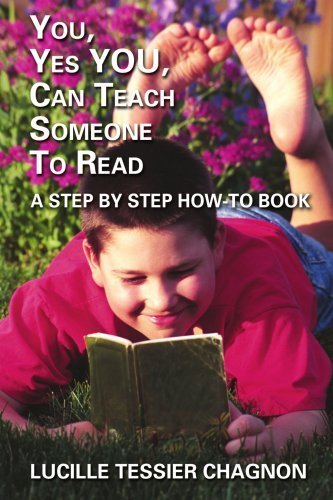
How to teach a child to read by syllables
Teaching a child to read by syllables should be done in stages. First, explain to him that sounds are vowels and consonants, deaf and voiced. Say them with the child - he must understand how they differ. Letters and sounds can be learned while walking: draw your child's attention to the letters on signs and announcements, and soon he will learn to recognize them.
When the child has mastered the letters and sounds, start teaching him to read simple words - "mom", "dad". Then move on to more complex ones - “grandmother”, “dog”, “apartment”. Show your child that syllables can be sung.
Syllabary for learning to read
Next, move on to making words. You can cut cards with syllables and invite the child to make words out of them. When he gets comfortable, move on to reading short texts. It is better to start with two or three phrases, and a little later switch to texts of five to ten sentences.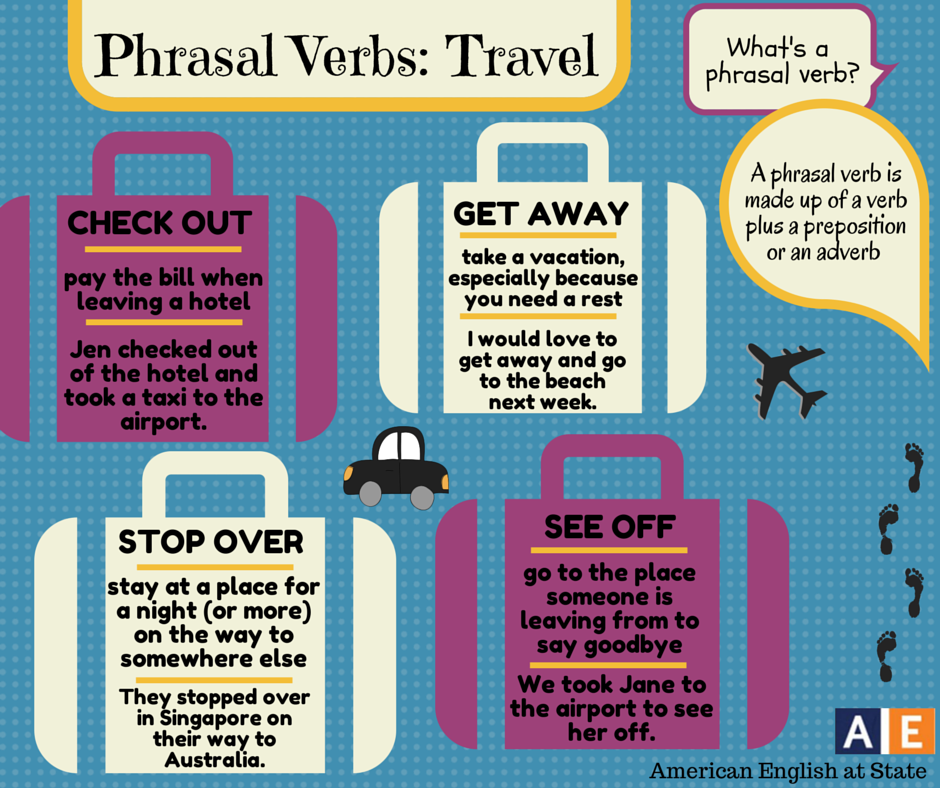
To enroll in Foxford Online Elementary School, a child must have at least basic reading, numeracy and writing skills. To check the readiness of the child for school, we offer to pass a small test that does not require special preparation.
Source: freepik.com
Exercises for learning to read
There are many exercises on the Internet that help children learn to read, you can print them out and start learning right away. Start with exercises that teach you to recognize letters and tell correct spellings from incorrect spellings.
From O. Zhukova's manual “Learning to read. Simple Exercises.Source: mishka-knizhka.ru
When the child gets used to the letters, move on to the exercises for syllables. For example, like this:
Geometric prompt exercise. For greater clarity, blocks with words can be cut out.
Such exercises not only teach reading, but also develop logical thinking well:
Gradually move on to exercises that require not only reading correctly, but also writing words:
you need to find and cross out the words on the field of letters.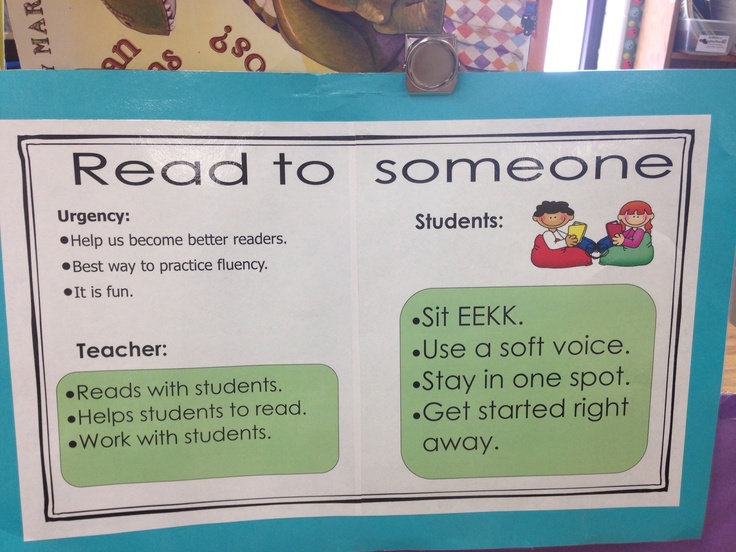
Games for learning to read
With the help of cubes or cards with letters and syllables, you can play different educational games with your child. Let's take a few examples.
Garages
Take a word of 3-4 syllables and place cards with them on the floor in random order. Explain to the child how these syllables are read. These will be garages. Give the child different toys and offer to send them to the garage as you wish: for example, the car goes to the TA garage, the bear goes to the RA garage, the ball rolls to the KE garage, and so on. Make sure your child is positioning the toys correctly. At the end of the game, invite the child to make a word from garage syllables. Perhaps not the first time, but he will get a "ROCKET". Gradually introduce new syllables into the game.
<
Store
Lay out images of various goods on the table - this is a store, and you are a seller. Give your child a stack of cards with syllables - they will function as money. The child needs to buy all the items in the store, but each item is only sold for the syllable it starts with. For example, fish can only be bought for the syllable "RY", milk - for the syllable "MO", and so on. Give your child a few extra cards to make the task more difficult. When he gets used to it, change the conditions of the game: for example, sell goods not for the first, but for the last syllables. The game is both simple and complex: it will allow the child to understand that words are not always spelled the way they are pronounced. After all, a cow cannot be bought for the syllable "KA", for example.
Give your child a stack of cards with syllables - they will function as money. The child needs to buy all the items in the store, but each item is only sold for the syllable it starts with. For example, fish can only be bought for the syllable "RY", milk - for the syllable "MO", and so on. Give your child a few extra cards to make the task more difficult. When he gets used to it, change the conditions of the game: for example, sell goods not for the first, but for the last syllables. The game is both simple and complex: it will allow the child to understand that words are not always spelled the way they are pronounced. After all, a cow cannot be bought for the syllable "KA", for example.
Lotto
Game for several people. Give the children several cards with syllables. Take out the cubes with syllables one by one from the box and announce them. Whoever has a card with such a syllable - he takes it. The first person to complete all the cards wins. During the game, children will accurately remember the syllables that they had on their hands.
Summary
Finally, a few more tips on how to teach your child to read:
- It is better to start teaching children to read by memorizing letters. It is important that the child can recognize and name them without hesitation.
- In the early stages, pronounce the consonants as they are read in words: not [em], [el], [de], but [m], [l], [d] - this way it will be easier for the child to find his bearings.
- Sculpt letters from plasticine, draw and color, buy an alphabet with voice acting - use all the channels of the child's perception.
- Gradually join the letters into syllables and then into words. Play rearranging letters and syllables, let the child experiment.
- Teach your child rhymes about the letters of the alphabet, look at the primer, use cards with letters and pictures. Thanks to the illustrations, the child will be able to memorize the symbols faster.
- Distribute the load: fifteen minutes a day is better than an hour twice a week.

Learn more

